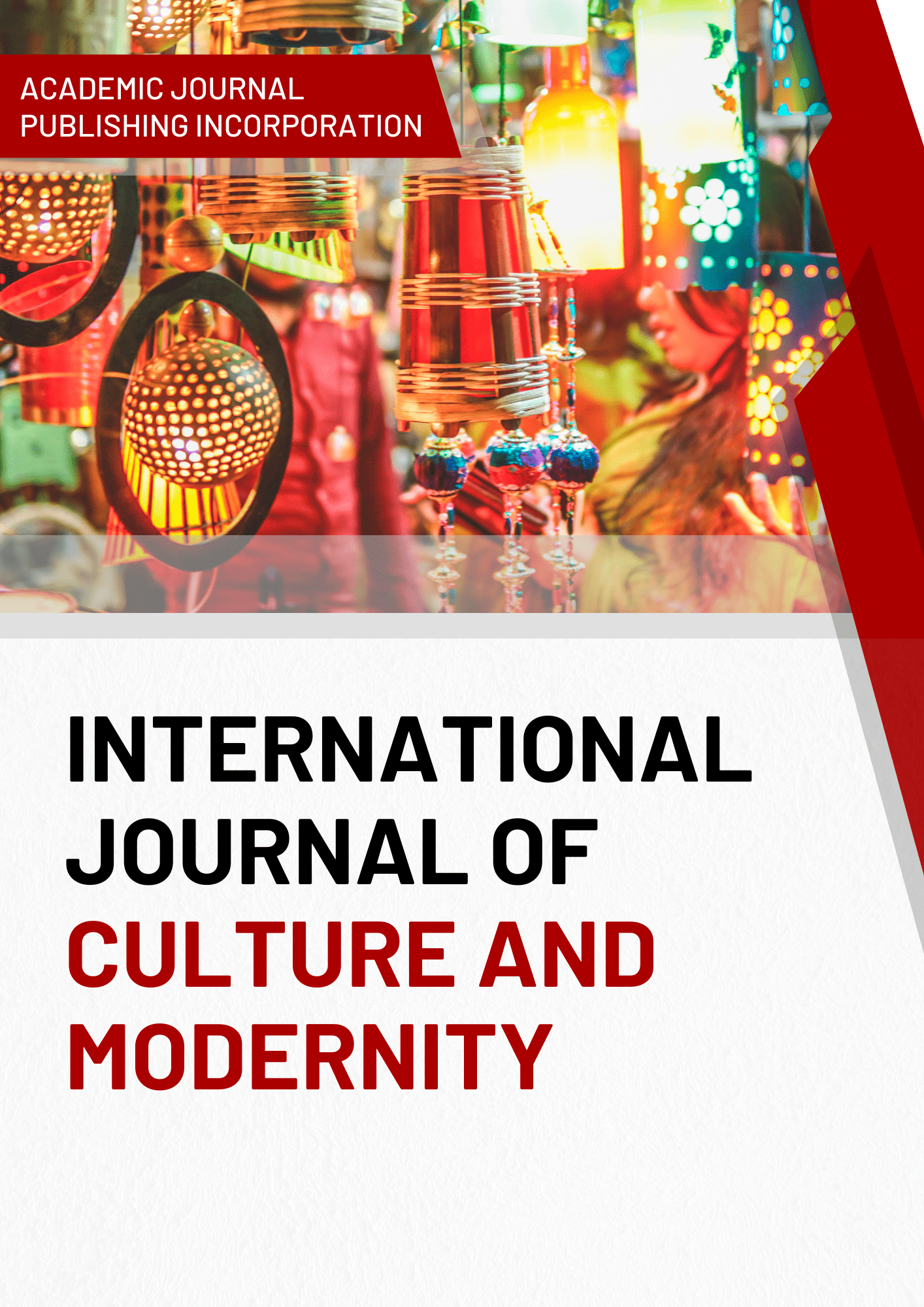THE IMPACT OF PURCHASING POWER PARITY ON THE WELL-BEING OF THE POPULATION (IN THE CASE OF COUNTRIES)
DOI:
https://doi.org/10.51699/ijcm.v22i.431Keywords:
the impact, innovation, innovation potential, absorption potential, parity, small business.Abstract
The theory of purchasing power parity in its simplest form determines that the various ratios of prices for goods in countries are equal to or proportional to the exchange rate. In practice, the calculation of the valuation depends on observable reasons, the exchange rate is quite different from price comparison, which requires special analysis and explanation, including the formulation and testing of a more complex theory of relative purchasing power parity and the exchange rate. The situation is further complicated by the presence of important barriers, a fairly large share of non-tradable goods in the consumption of economic agents, and the discovery of other reasons.
References
Abuaf N., Jorion P. (1990) Purchasing Power Parity in the Long Run (Journal of Finance 45)
Aizenman J. (1984) Testing Deviations from Purchasing Power Parity (NBER Working Paper 1475)
Asea P., Mendoza E. (1994) The Balassa-Samuelson Model: A General Equilibrium Appraisal (Review of International Economics)
Bai J., Ng S. (2001) A New Look at Panel Testing of Stationarity and the PPP Hypothesis (mimeo, Boston College)
Balassa B. (1964) The Purchasing Power Parity Doctrine: A Reappraisal (Journal of Political Economy 72)
Banerjee A., Dolado J., Hendry D., Smith G. (1986) Exploring Equilibrium Relationships in Econometrics Through Static Models: Some Monte-Carlo Evidence (Oxford Bulletin of Economics and Statistics 48)
Baumol W., Bowen W. (1966) Performing Arts: The Economic dilemma (The Twentieth Century Fund, New York)
Bessonova E., Kozlov K., Yudaeva K. (2002) Trade Liberalization, Foreign Direct Investment, and Productivity of Russian Firms (CEFIR)
Boskin M.J., Dulberger E., Gordon R., Griliches Z., Jorgenson D. Toward a More Accurate Measure of the Cost of Living, Final Report to the Senate Finance Committee, December 4, 1996.
Breuer J. (1994) Purchasing Power Parity: A Survey of and Challenge to Recent Literature (Institute of International Economics, Washington DC)
Bryant M., Cecchetti S. (1993) The Consumer Price Index as a Measure of Inflation (Economic Review of the FRB of Cleveland Q4)
Cassel G. (1922) Money and Foreign Exchange Rate after 1914 (McMillan, New York)
Campbell J., Perron P. (1991) Pitfalls and Opportunities: What Every Macroeconomist Should Know about Unit Roots (NBER annual)
Cheung Y., Lai K. (1993) Long-Run Purchasing Power Parity During the Recent Float (Journal of International Economics 34)
Chinn M., (2002) The Measurement of Real Effective Exchange Rates: A Survey and Applications to East Asia (NBER)






